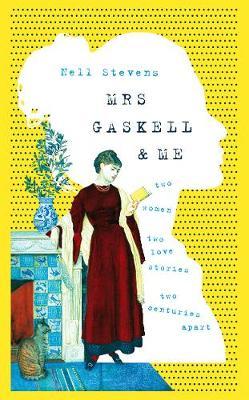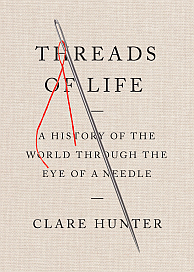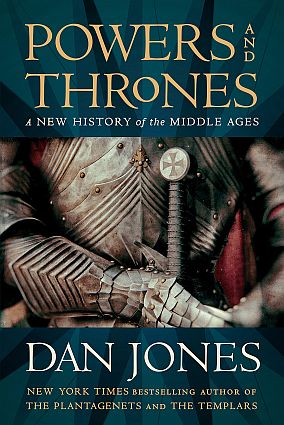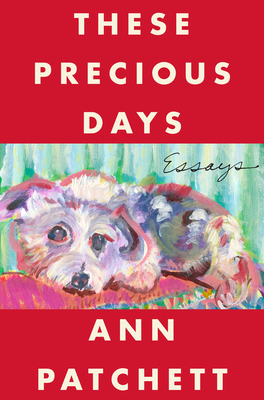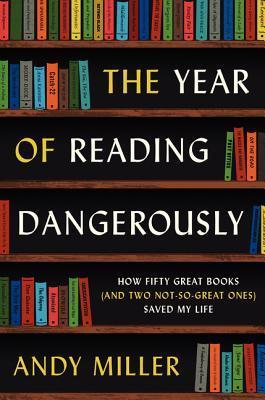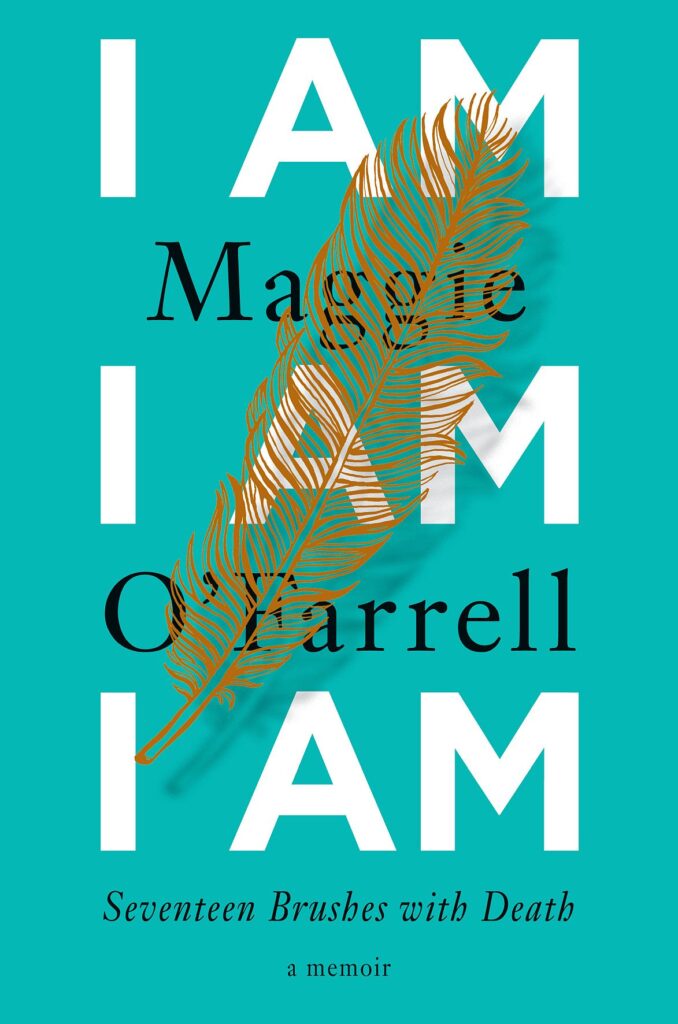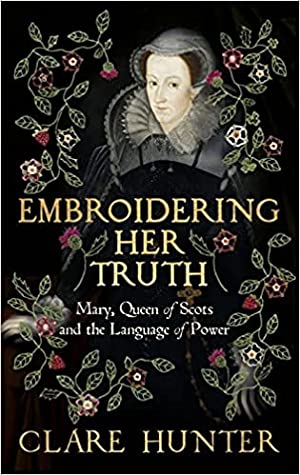I first heard of Nell Stevens on the Backlisted podcast – they were discussing Mrs Gaskell’s North and South (one of my favourite books – and there is a fabulous television adaptation). And this sounded right up my alley – I have already read something similar about George Eliot, and there was My Salinger Year, not to forget My Life in Middlemarch by Rebecca Mead. Now I need someone to write one about Austen.
Here’s the blurb …
In 1857, after two years of writing The Life of Charlotte Bronte, Elizabeth Gaskell fled England for Rome on the eve of publication. The project had become so fraught with criticism, with different truths and different lies, that Mrs Gaskell couldn’t stand it any more. She threw her book out into the world and disappeared to Italy with her two eldest daughters. In Rome she found excitement, inspiration, and love: a group of artists and writers who would become lifelong friends, and a man – Charles Norton – who would become the love of Mrs Gaskell’s life, though they would never be together.
In 2013, Nell Stevens is embarking on her Ph.D. – about the community of artists and writers living in Rome in the mid-nineteenth century – and falling drastically in love with a man who lives in another city. As Nell chases her heart around the world, and as Mrs Gaskell forms the greatest connection of her life, these two women, though centuries apart, are drawn together.
Mrs Gaskell and Me is about unrequited love and the romance of friendship, it is about forming a way of life outside the conventions of your time, and it offers Nell the opportunity – even as her own relationship falls apart – to give Mrs Gaskell the ending she deserved.
I enjoyed both stories – Mrs Gaskell’s and Nell’s. I had no idea that Mrs Gaskell was in love with a man who was not her husband. I have always pictured her as a religious women who lived through some tragedies (didn’t her son die young?). Both Nell and Mrs Gaskell were longing for me who couldn’t (or wouldn’t) return their feelings. It’s about keeping going when you can’t have what you want and you don’t know what to want instead.
A review

